In the years 1957 and 1958, the manufacturing of the series by Maserati was fuelled by the inexhaustible source of the 6-cylinder engine, which finally took off with the 3500GT.
The Knight Commander Orsi and Mr. Omer, the managing director, gave the go ahead to that best project, that is, using the 8-cylinder engine too. They were both fruit of the glorious past in sports. However, the final push came from the Persian Shah, who, thrilled by a test on the AM 101, the Maserati 3500 GT, commissioned a special car which was more powerful and faster. Therefore, they came to proposing that engine which, over the course of the year, powered a technical line which still exists today (I’m referring to the 90’s).
The AM 103 type, better known as Maserati 5000 GT, was assembled with a good proportion of already well-tested components, which had been taken from the AM 101 Type, that is, the Maserati 3500 GT. Therefore, the most important part of this car, technically speaking, is represented by the 4950 cc V8 engine. It was directly derived from the Maserati 450S engine, only increasing the cc size and maintaining, only for this first specimen, the distribution with gears and the 4 carburettors with a power of over 350HP on the test bench.
The bodywork, created by the Carrozzeria Touring, was a coupe with original and impressive lines, with a finely worked leather interior. The prestigious finishes contributed to its definition as the most sumptuous car in automotive production.


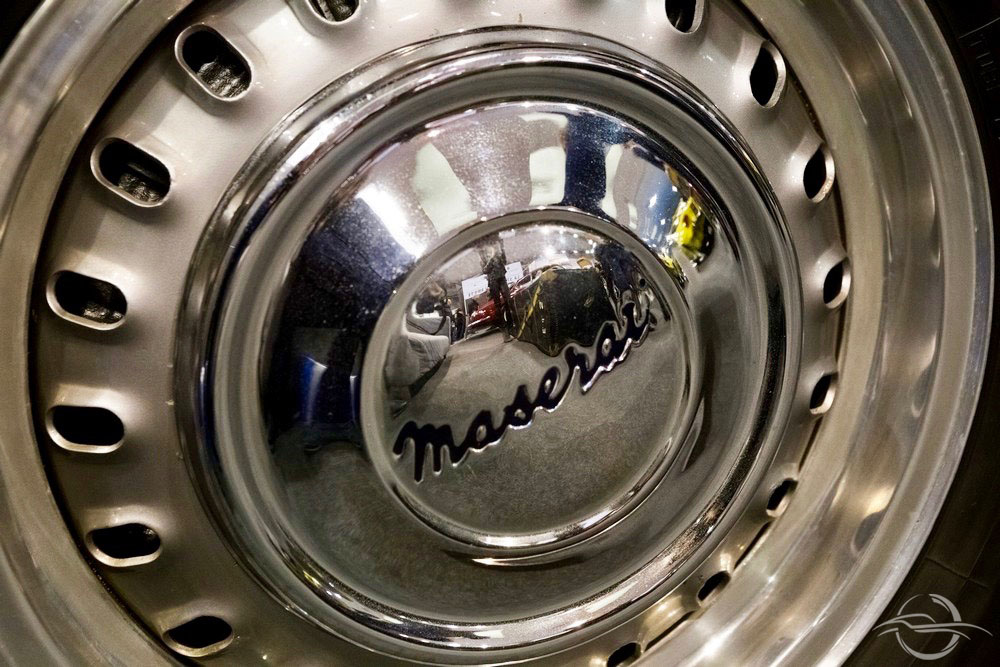
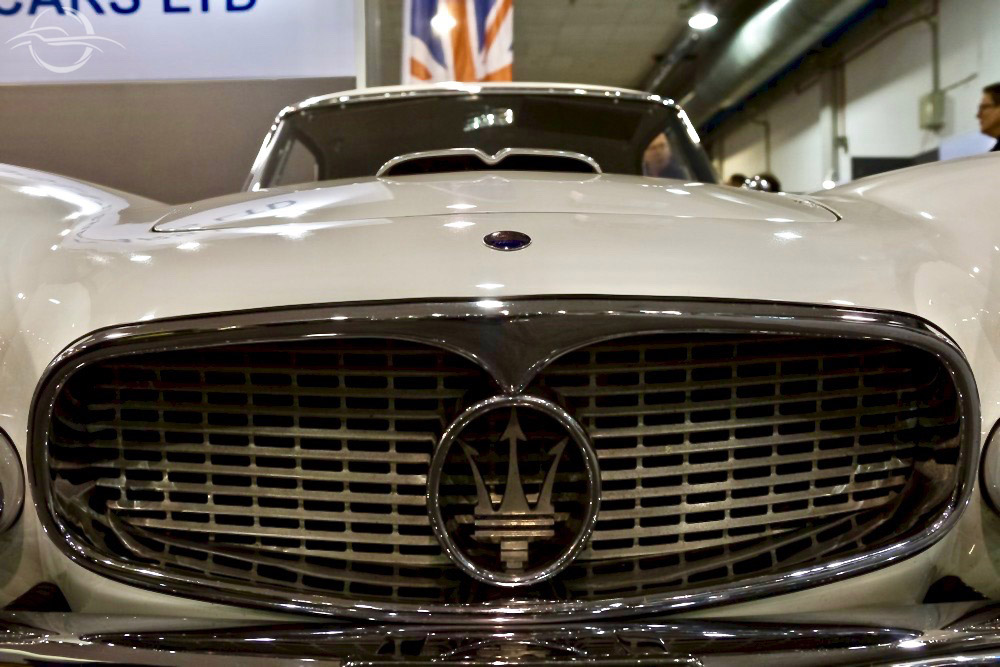
While the Shah’s car reached Persia, a second 5000 GT was put into production which, once exhibited at the Salone di Torino in November 1959, was the undisputed queen of the event. The price was around eight million Liras, nearly three million more than the Maserati 3500 GT.
The production of the 5000GT – following the Persian Shah’s model – stopped at three specimens, due to production difficulties encountered by the Carrozzeria Touring. The engine in the new size, reaming and race, distribution command with chain and Lucas injection, had a significant improvement in the flexibility and quietness of functionality.
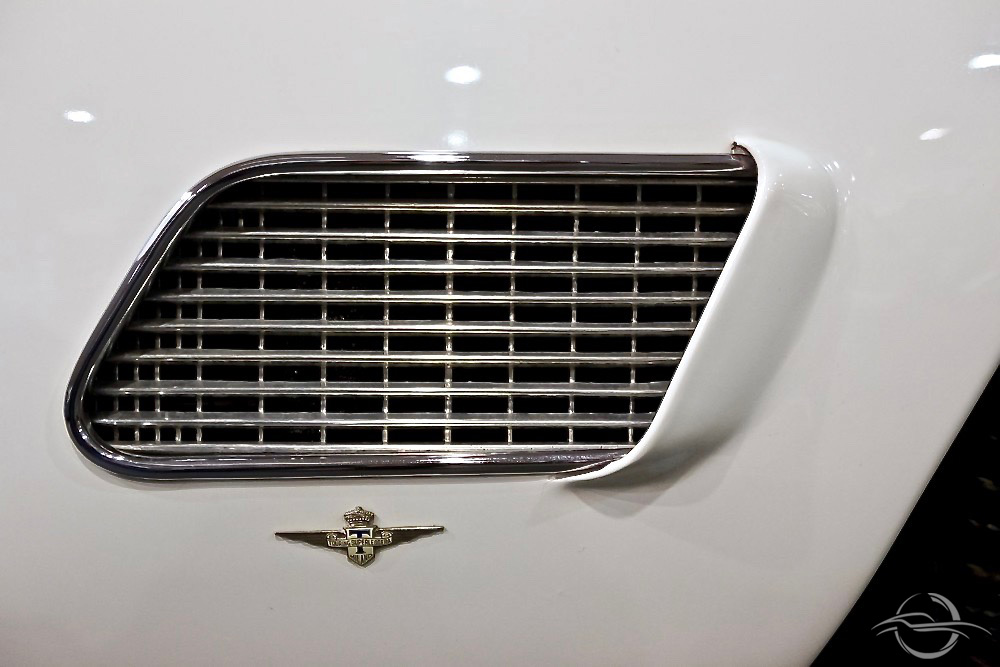
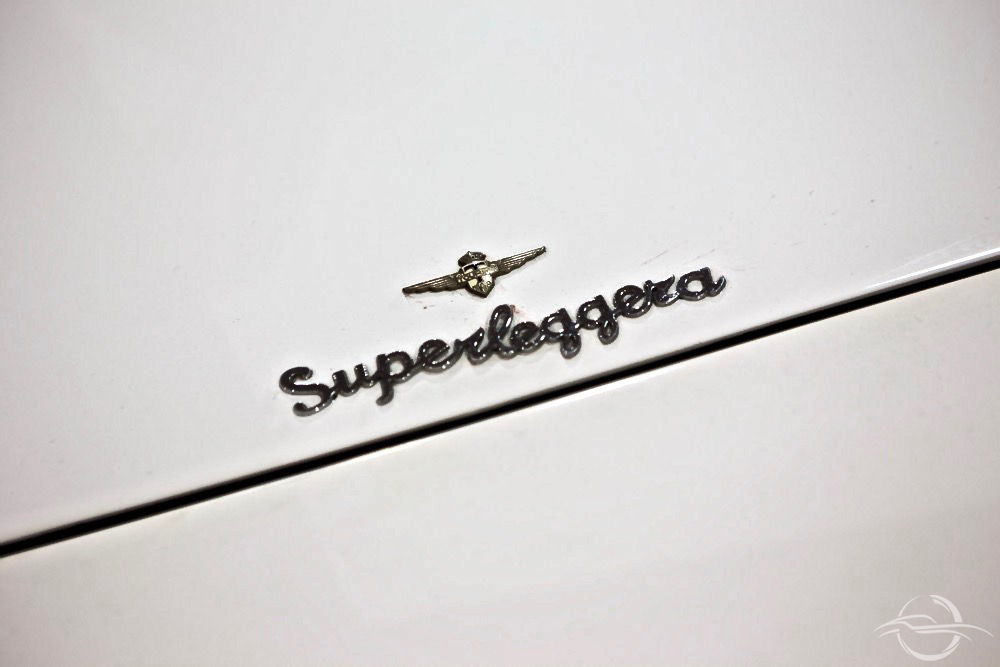
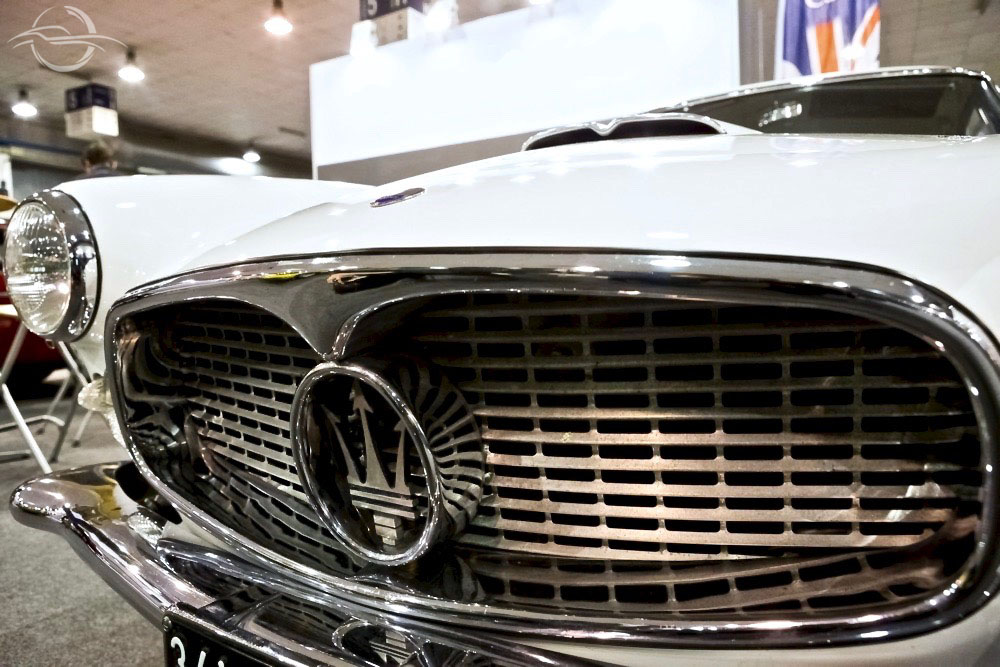


The market’s demand for this type of exclusive cars, placed Maserati at the top, as a constructor of high-performance cars with elegance and comfort of true GT cars.
Even if it was a difficult and hard subject, some of the best known and established bodywork mechanics asked to work on the 5000 GT such as Pininfarina, Ghia, Bertone, Frua and Monterosa. Their creations were limited to one or two specimens, depending on their clients’ requests. This was until the Carrozzeria Allemano intervened, which monopolised the whole of the production. The Maserati 5000 GT was built in 32 specimens, plus 4 remakes, and it was a car exclusively for VIP’s. After this experience, Maserati established the conviction that they had all of the keys to start producing special cars, such as a representative saloon car. The AM 107 Type, defined as Maserati Quattroporte (literally, Maserati Four-doors), was the continuation of that philosophy.
Author: Ermanno Cozza

